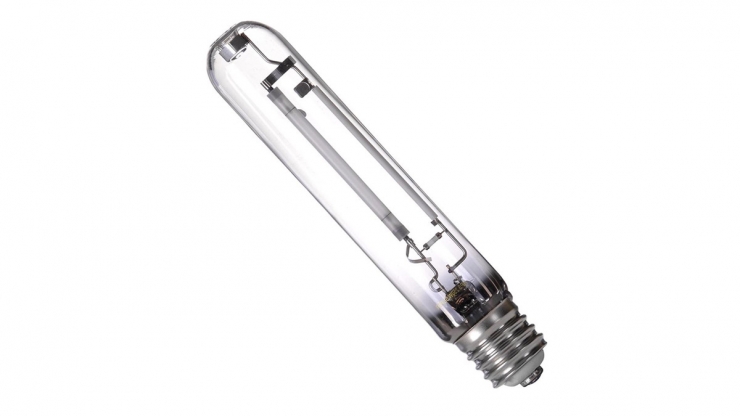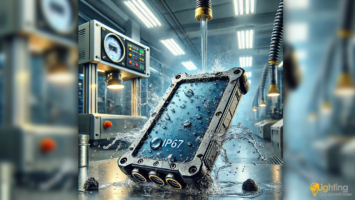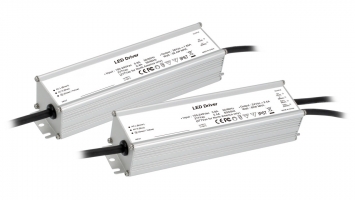
HPS is the abbreviation of high-pressure sodium. HPS is a type of high-intensity discharge lamps (HID) and it is one of the highly efficient light sources.
There is a narrow arc tube inside the HPS lamp which is made of aluminum oxide ceramic. This tube is supported by a wire frame. Inside the arc tube, there is sodium, mercury, and xenon and there is high pressure inside that tube.
The gas pressure is the difference between low and high-pressure sodium lamps. High-pressure sodium vapor lamps work with higher internal pressure as we can understand by its name.
Sodium lamps require a warm-up period while working, so they can’t give you a full-brightness light instantly.
HPS lamps require an ignitor to operate. The voltage which performed by ballast, xenon gas is ionized. As a result of this, arc started to warm-up and this heat vaporized the mercury and sodium inside the arc. Mercury vapor helps to increase gas pressure. Sodium vapor produced light when it is reached high pressure.
When the lamp switched on xenon gas is triggered so it produced blue color just like vehicle headlight. When the lamp is heated, mercury and sodium vapors mix and light begins to turn yellow.
HPS lamps produced yellow light between 1900K-2200K. Light efficiency can reach 140 lm/W levels.
Although HPS lamps have high light efficiency, it has low color rendering index (CRI) as 20-30.
Lifespan of HPS lamps is about 20.000 hours. This corresponds to 5.5 years of daily use for 10 hours and 7 years of daily use for 8 hours.
HPS is one of the most widely used lamp types for street lighting with its high efficiency, small size, and long life. HPS lamps are also used in tunnel lighting, parking areas, and similar outdoor lighting applications.
HPS lamps can be dimmed by special ballasts. However, when it is dimmed, negative effects such as; colorimetric shift, decrease in light efficiency can emerge.







COMMENTS
MAKE A COMMENT